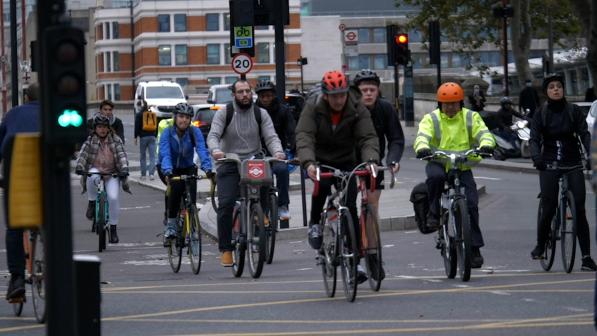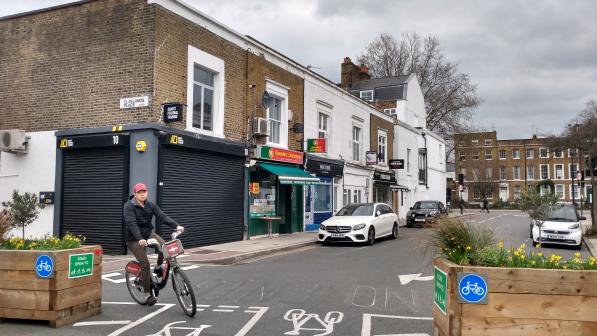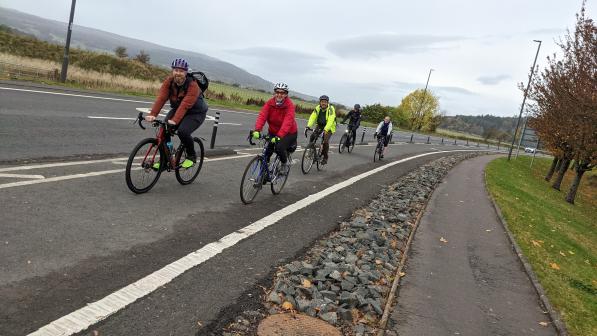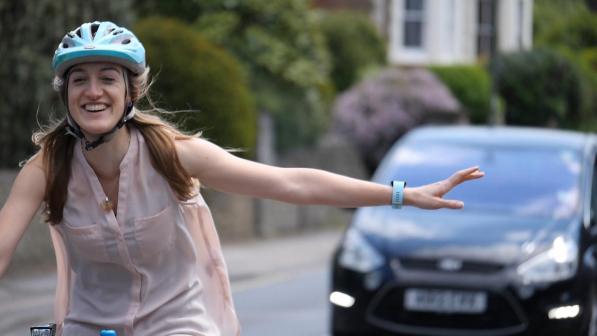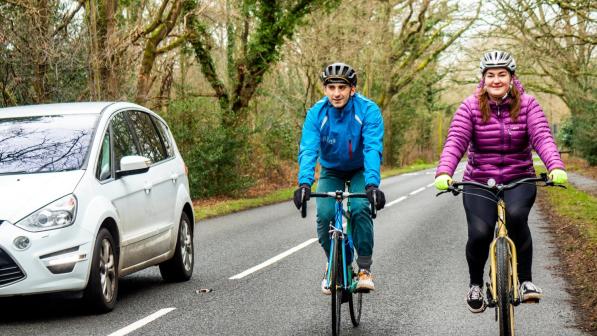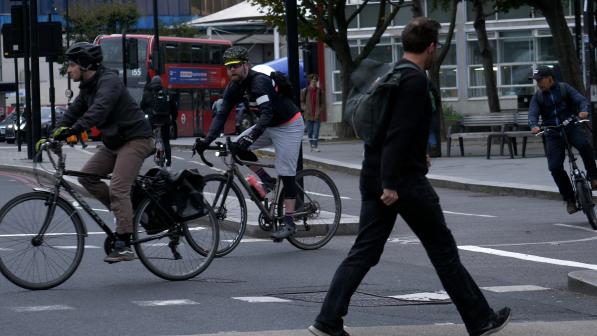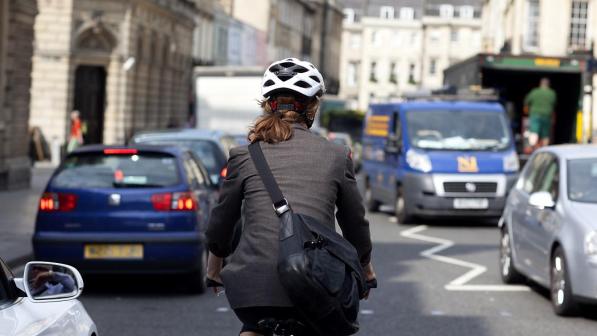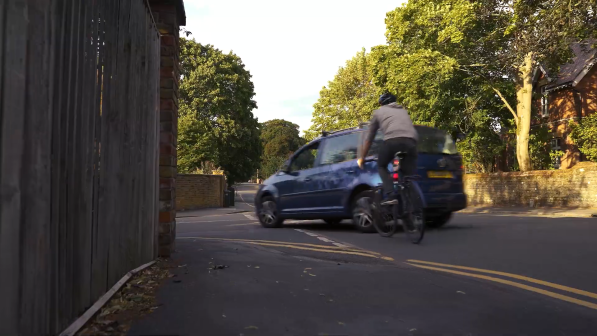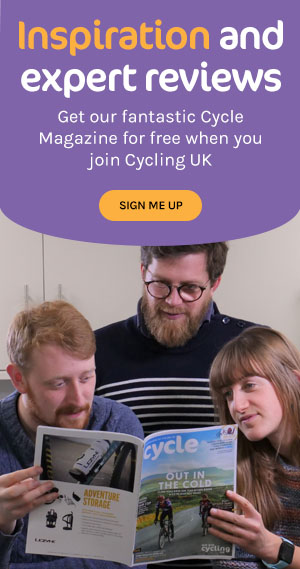Feature: Explaining changes to the Highway Code

After more than a decade of campaigning by Cycling UK, new Highway Code rules for England, Scotland and Wales finally arrived on 29 January 2022. The catalyst for the changes was to make people more aware of pedestrians, cyclists and horse riders, but they benefit all road users.
That’s why, to their great credit, both the AA and RAC engaged with stakeholder consultations about the proposals, fed in their views, largely supported the changes, and have been measured and responsible in everything they’ve said about them.
Alas, though, there are always those whose default response to anything they don’t like is to cry foul, without realising they’re highlighting their own inadequate and ineffective campaigning.
The truth is that the Department for Transport (DfT) engaged widely with road safety, motoring and other groups, before formulating the proposals. There was then a public consultation, which anyone could respond to, so we informed our members and supporters, encouraging you to respond. More than 16,500 of you did, backing Cycling UK’s proposals.
The Alliance of British Drivers, Motorcycle Action Group, Fair Fuel UK and others don’t like the changes and have vowed to overturn them, blaming you for their introduction. You’re the ‘Lycra-clad cycling lobby’ apparently, and you and we loaded the consultation in our favour.
I’m not quite sure how, but it seems that it’s our fault that these groups didn’t or couldn’t mobilise supporters to engage with the consultation. But why bother with the truth when you can falsely claim that motoring organisations weren’t consulted, fostering animosity by blaming everything on the ‘all-powerful Lycra lobby’?
I’ve mentioned this reaction because it’s crucial that we highlight what you, as members and supporters, enable us to do. All of our campaigning is funded through membership, and that’s allowed us to pursue this 10-year campaign. What secured the changes was the overwhelming public support when the DfT consulted – and that was down to you.
So, if you ever wonder why we campaign, or whether signing up to support one of our actions or campaigns matters, the Highway Code changes answer both questions.
So what are the changes, and do they really matter? Here are six key changes or clarifications.
1 Hierarchy of road users
(Introduction, Rule H1)
There’s a new concept called the ‘Hierarchy of Road Users’ or ‘Hierarchy of Responsibility’, which “places those road users most at risk in the event of a collision at the top of the hierarchy”.
This confirms that those most likely to be injured in collisions, and at the top of the hierarchy, are “pedestrians, cyclists, horse riders and motorcyclists, with children, older adults and disabled people being more at risk”.
It also states that “those in charge of vehicles that can cause the greatest harm in the event of a collision bear the greatest responsibility to take care and reduce the danger they pose to others”. That’s those driving the largest vehicles.
Crucially the rule also states that “cyclists, horse riders and drivers of horse-drawn vehicles likewise have a responsibility to reduce danger to pedestrians”, imposing greater responsibility on cyclists to look out for pedestrians. Despite media myths to the contrary, it explains that people on foot, bike or horse still have to “have regard for their own and other road users’ safety”.

2 Junction priority
(Rules H2, H3)
Rule H2 sets out who has priority at junctions without traffic signals, simplifying 14 conflicting rules within the old Highway Code and making it clear that riders and drivers at junctions should give way “to pedestrians crossing or waiting to cross a road into which or from which you are turning”.
Rule H3 explains that drivers and motorcyclists “should not cut across cyclists, horse riders or horse-drawn vehicles going ahead when you are turning into or out of a junction or changing direction or lane, just as you would not turn across the path of another motor vehicle”. This applies whether they are using a cycle lane, a cycle track or riding ahead on the road.
These rules are designed to clarify who has priority at unsignalised junctions; they should reduce left-hook collisions. They also mean that cyclists turning left have to give way to pedestrians waiting or already crossing a side road.
3 Dangerous overtaking and ‘close passes’
(Rule 163)
Rule 163 now includes clearer guidance on how much room drivers should give cyclists when overtaking, namely:
• “leave at least 1.5 metres when overtaking cyclists at speeds of up to 30mph, and give them more space when overtaking at higher speeds”
• “take extra care and give more space when overtaking motorcyclists, cyclists, horse riders, horse-drawn vehicles and pedestrians in bad weather (including high winds) and at night”
• “you should wait behind the motorcyclist, cyclist, horse rider, horse-drawn vehicle or pedestrian and not overtake if it is unsafe or not possible to meet these clearances”.
4 The ‘Dutch Reach’
(Rule 239)
Rule 239 now incorporates advice for drivers and passengers on how to open their doors to reduce the likelihood of ‘car-dooring’ anyone, indicating that: “where you are able to do so, you should open the door using your hand on the opposite side to the door you are opening; for example, use your left hand to open a door on your right-hand side. This will make you turn your head to look over your shoulder.”
This technique is commonly known as the ‘Dutch Reach’, and the new rule also strengthens the general advice on “looking all around and using your mirrors” before opening a car door.

5 Group riding
(Rule 66)
The old rule stated that cyclists should “never ride more than two abreast, and ride in single file on narrow or busy roads and when riding round bends”. It was often misquoted to suggest that cyclists either shouldn’t be riding two abreast or had to single out to allow drivers to overtake.
The new rule says that cyclists should “be considerate of the needs of other road users when riding in groups. You can ride two abreast and it can be safer to do so, particularly in larger groups or when accompanying children or less experienced riders. Be aware of drivers behind you and allow them to overtake (for example, by moving into single file or stopping) when you feel it is safe to let them do so.”
While the new rule is an improvement, we’re disappointed that it isn’t drafted as we suggested, which didn’t include the words in brackets.
6 Road positioning
(Rules 72 & 213)
I’ve included this because some of the media seem to think there’s been a huge change, with cyclists advised to ride in the middle of the road. This is nonsense.
In truth, the advice to cyclists hasn’t really changed. Rule 213 merely explains to other road users why cyclists, who are following the guidance set out in 72, adopt certain positions on the road to keep themselves safe.
Rule 72 mirrors the advice given to cyclists for at least 16 years through the Government-backed ‘National Standard for Cycle Training’, explaining to cyclists that there are two basic road positions they should adopt, depending on the situation.
Essentially, the advice is to ride in the centre of your lane: on quiet roads or streets, moving to the left if a faster vehicle comes up behind you, if you can do so safely; in slower-moving traffic, moving over to the left when traffic around you starts to flow more freely, if you can do so safely; and at the approach to junctions or road narrowings, where it would be unsafe for drivers to overtake you.
On busy roads, with vehicles moving faster than you, cyclists are advised to allow them to overtake where it’s safe to do so, keeping at least 0.5 metres away from the kerb edge. Again, this isn’t really new advice: it’s just that Rule 213 now tells drivers what the advice to cyclists is and why, which was missing before.

Of course, just because the Highway Code has changed, that doesn’t mean everyone will start complying overnight. We desperately need a long-term Government-led public awareness campaign to communicate these changes.
Some will say that the Highway Code is just advice, and these changes don’t create new criminal offences or strict legal requirements. That’s overly simplistic, because these are the rules that will be quoted and relied on in both civil and criminal cases following road collisions, to determine both fault and criminal responsibility.
They matter. It was your support that enabled us to make sure these changes happened – and that really matters.
